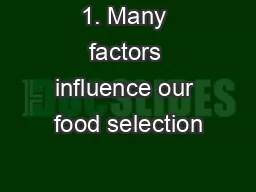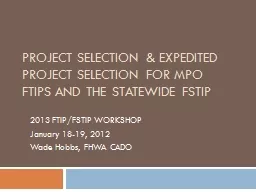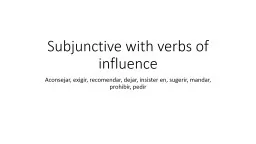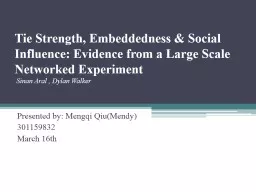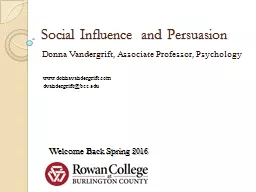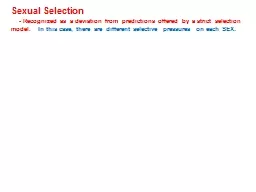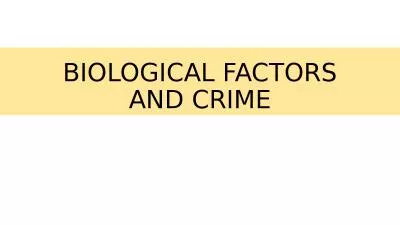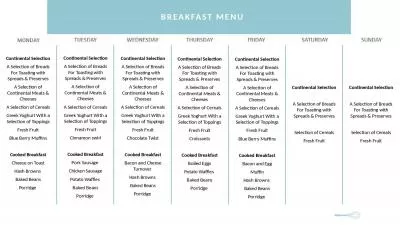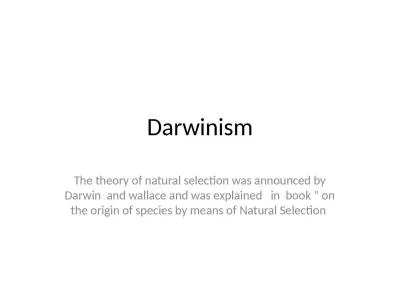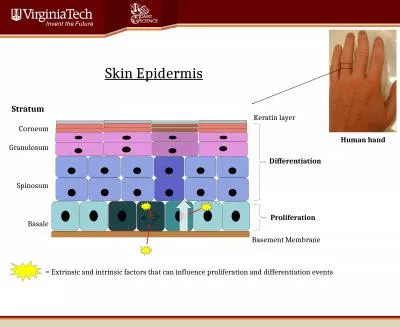PPT-1. Many factors influence our food selection
Author : luanne-stotts | Published Date : 2016-09-21
Topic 3 Diet Evaluation amp Food Selection Prior Learning We will recognise senses play a pivotal role in determining our food preferences however we acknowledge
Presentation Embed Code
Download Presentation
Download Presentation The PPT/PDF document "1. Many factors influence our food selec..." is the property of its rightful owner. Permission is granted to download and print the materials on this website for personal, non-commercial use only, and to display it on your personal computer provided you do not modify the materials and that you retain all copyright notices contained in the materials. By downloading content from our website, you accept the terms of this agreement.
1. Many factors influence our food selection: Transcript
Download Rules Of Document
"1. Many factors influence our food selection"The content belongs to its owner. You may download and print it for personal use, without modification, and keep all copyright notices. By downloading, you agree to these terms.
Related Documents

